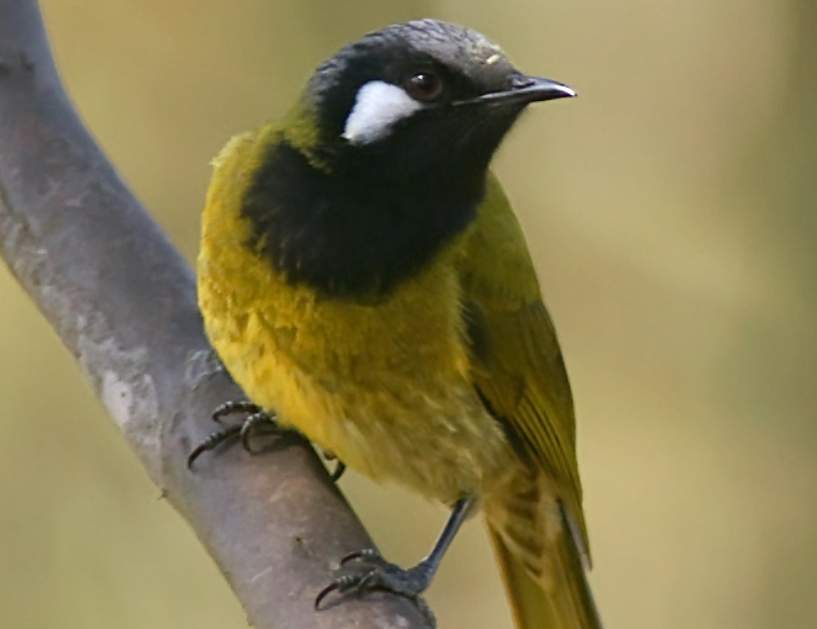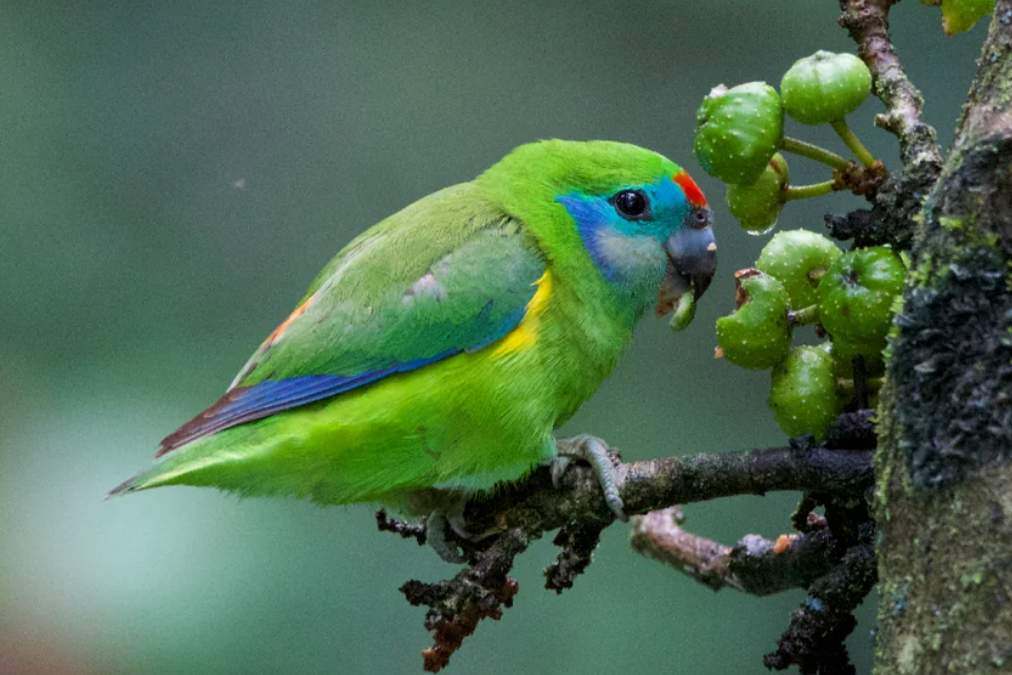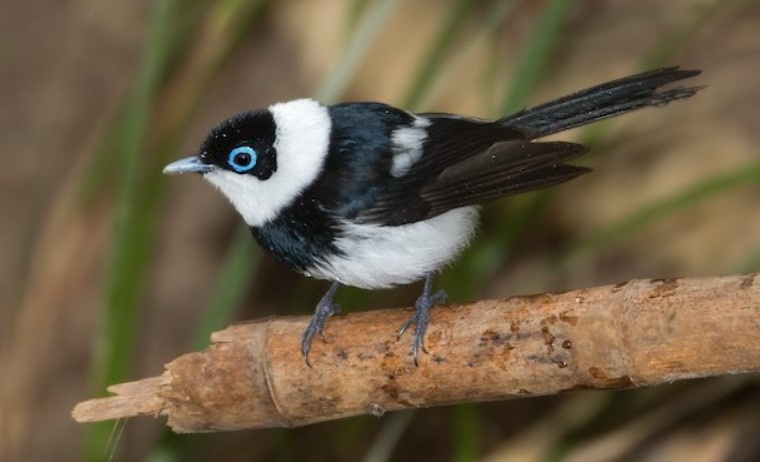Habitats: One of the most famous ‘extinct’ birds in Australia is the night parrot (Pezoporus occidentalis). In spite of sporadic sighting records, there is no hard evidence that this species has survived since the turn of the century. It is a nocturnal, secretive, and nomadic species living in remote regions of inland Australia, and finding it is like searching for a needle in a haystack because it lives in remote areas.
Despite its nocturnal habits, the night parrot has a predominantly terrestrial lifestyle, and in fact, it was a highly secretive species even when it was abundant. It takes to the air only when it is panicked or in pursuit of water. In spite of this, it is likely to persist in small numbers in the spinifex Triodia breakaways and the samphire-covered margins of salt lakes that are surrounded by spinifex.
Behavior: There are several similarities between the Night Parrot and the Ground Parrot, both of which are closely related in terms of habits and appearance. The two species of birds are both ground-dwellers and are active at night. Night parrots do have a number of distinctive features, all of which seem to reflect the fact that they live in an arid environment because of their unique morphology.
In order for it to run and walk on bare ground, the claws on its slender feet are rounded and short, making it suitable for running and walking. Despite its reduced nostrils, it is surrounded by a number of fine hairs that adorn its ringed nostrils. As it can fly long distances, the wings are very long, and the tail is short and pointed, possibly as a result of the long nomadic flight. The fact that night parrots are nomadic and have to travel long distances for food and water does not come as a surprise, given the environment in which they live.
From the meager information available about them—all recorded 50 years ago and more—it appears that they fly out of their roosts soon after dusk to the group and drink at waterholes, and then they go on to feed. It has been suggested that the seeds of spinifex are the staple diet of birds; however, this has been supported by the behavior of a single bird in the London Zoo in 1868, who also ate shoots and vegetable matter.
By the time dawn comes around, the parrots have returned to their roosts and are sleeping. There has been a description of their flight being similar to that of a quail, but it may not be so different from the flight of a ground parrot. A Night Parrot sleeps by itself in small squats excavated beneath bushes that they reach through tunnels they create under the bushes.
Status: In the past few decades, there have been no confirmed sightings of this bird, and there has been speculation that it has gone extinct, which has made it one of the most elusive and mysterious birds in the world. There have been very few sightings of the bird since 1979, and it is difficult to get a good estimate of the size of its population. Based on the limited number of records, it is believed to number between 50 and 249 mature individuals, and it is classified by the IUCN as an endangered species.







